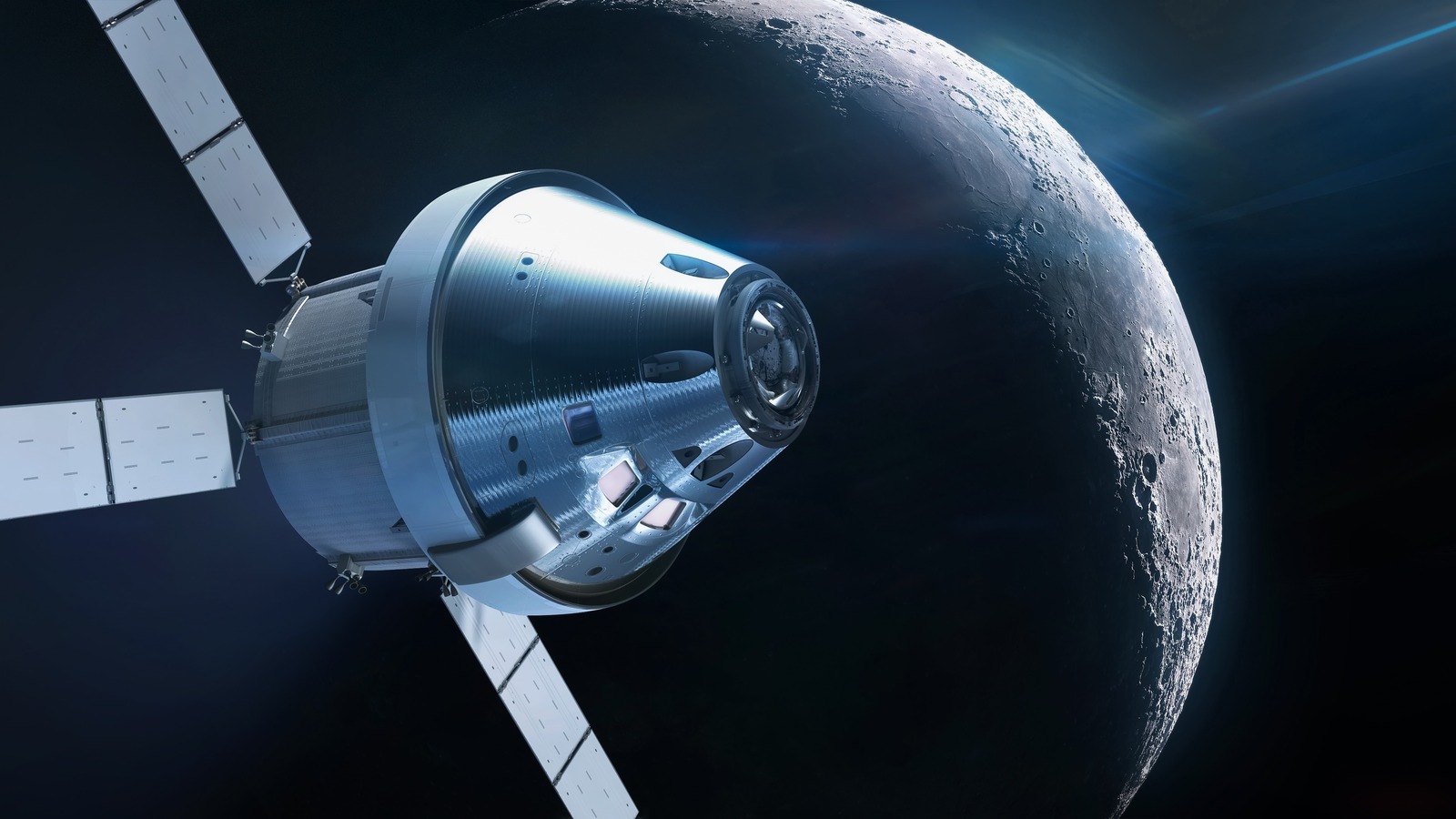
“It just so happened that with that really large orbit, high altitude above the moon, we were able to pass the Apollo 13 record,” Jim Geffre, Orion vehicle integration manager at NASA, said of the Orion’s record-breaking journey. On Monday, Nov. 28, Orion will reach a peak distance of 268,553 miles before the orbital manoeuvring system engine kicks in and propels it toward another close flyby with the Moon in the first week of December. Six days later, the vehicle is expected to return home.
According to NASA, the Orion is “built to take humans farther than they’ve ever gone before.” The Orion capsule has been co-engineered with Lockheed Martin, and it is touted to be the only vehicle capable of manned deep space mission and returning back to Earth at high speed from targets such as the Moon and beyond. With the Artemis project, NASA is actually aiming for the first crewed visit to the Mars, as well.
Capable of carrying four crew members, the capsule employs a total of 355,056 parts and can support missions lasting up to 21 days in its current state (via NASA). The capsule has systems for monitoring and maintaining aspects like humidity, carbon dioxide, oxygen, and radiation shielding, among other vital elements. Interestingly, the Orion’s base also features the world’s largest ablative heat shield that measures 16.5-feet in diameter and will protect the vehicle when it makes high-speed entry into Earth’s atmosphere.
Stay connected with us on social media platform for instant update click here to join our Twitter, & Facebook
We are now on Telegram. Click here to join our channel (@TechiUpdate) and stay updated with the latest Technology headlines.
For all the latest Technology News Click Here
